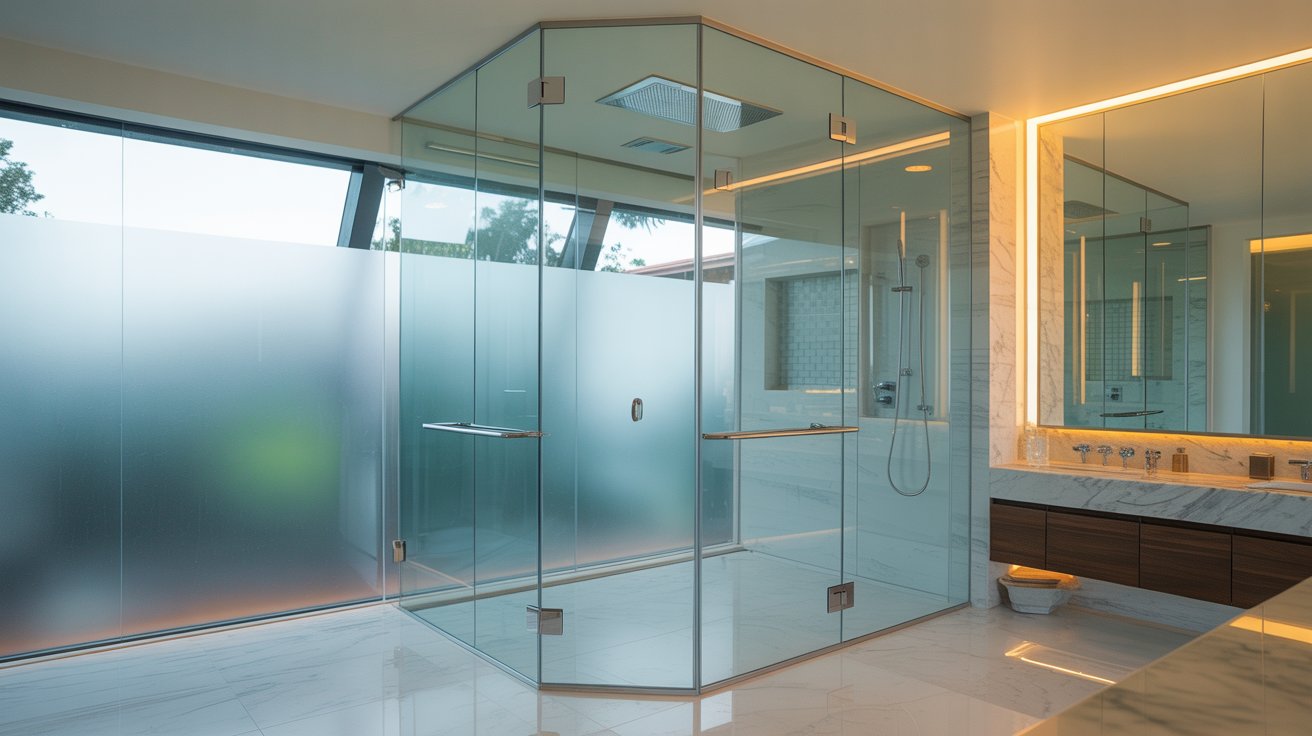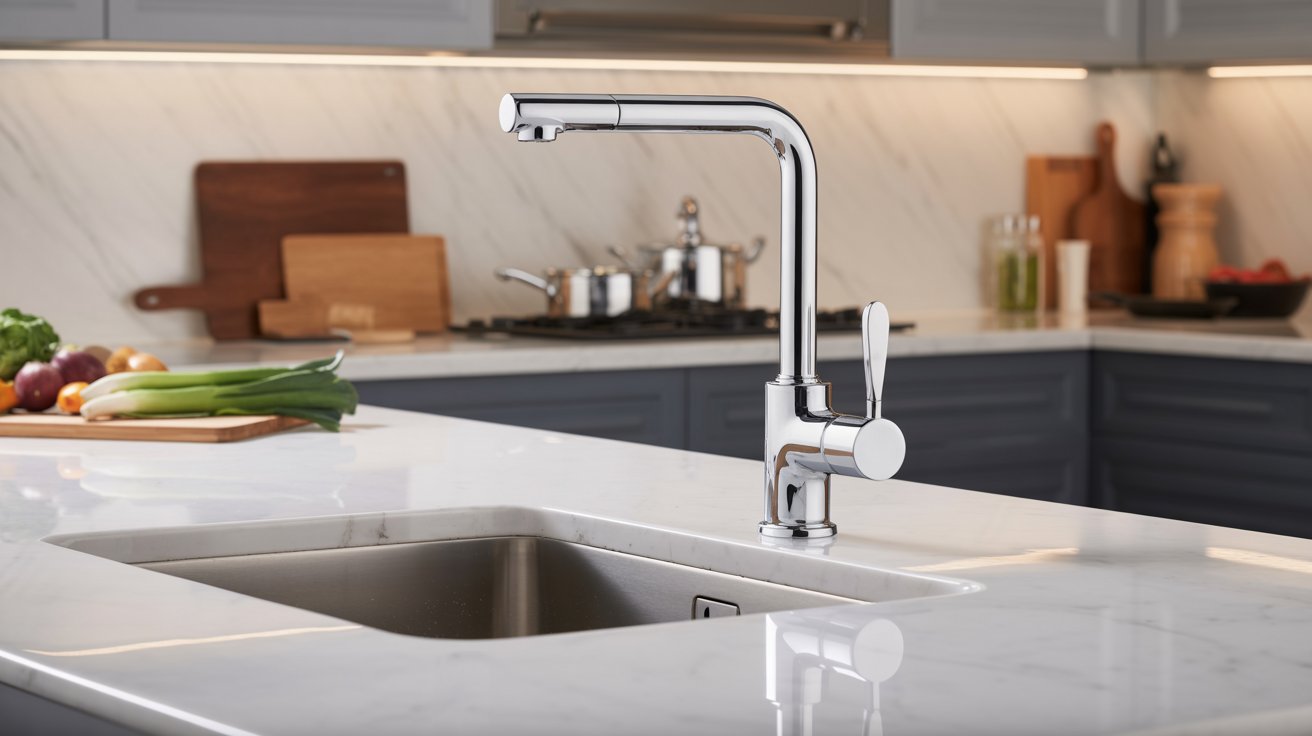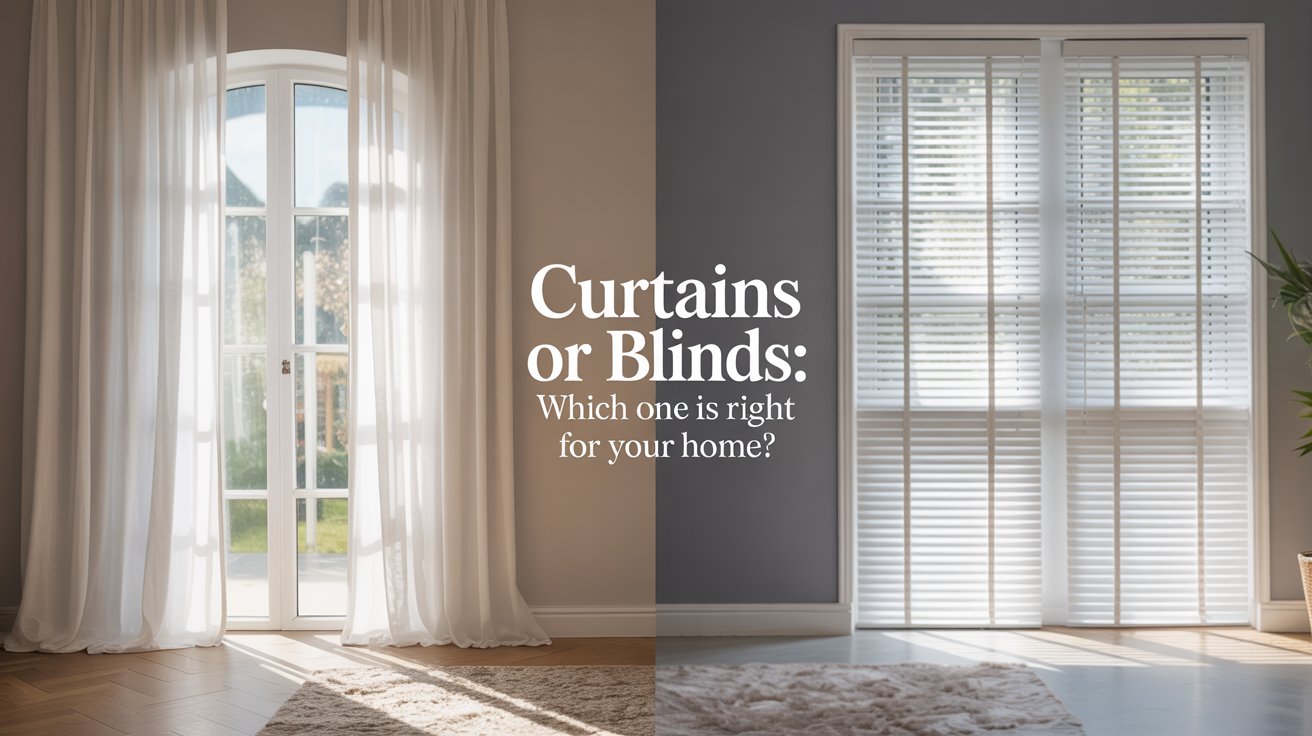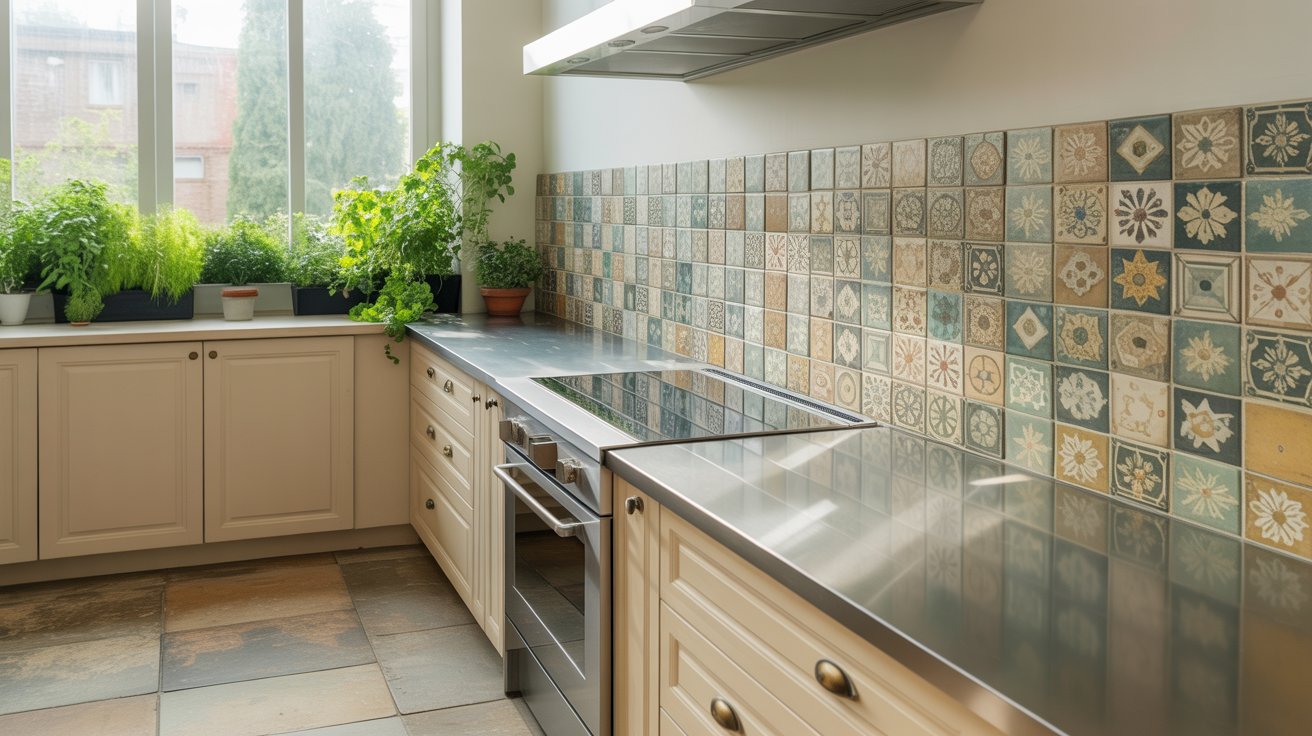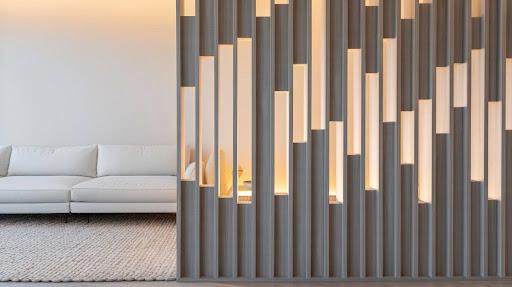Choosing the right colours when moving into a new space or just refreshing the current one could mean a lot in making the space welcoming and harmonious. However, so many choices make one confused. This is why we have come up with this guide that will enlighten you on how to handle interior color schemes. Therefore, take your coffee, sit back, and let’s go for it.
How to Choose Interior Color Schemes
Here are some steps to help you select the perfect colour scheme for your home:
1. Understand Your Space:
When choosing a suitable interior colour scheme, you have to look at the size, arrangement, daylight, or window position within the room or rooms to work with. Smaller spaces often become even smaller in darker colours; however, brighter colours give them an illusion of space. Likewise, very bright rooms can be complemented by cooler shades to neutralize the heating effect.
2. Consider Your Style:
Think about what kind of your style and what ambiance you want. Do you prefer bold and vivacious and not so muted and calming colours? Consider existing furniture and other decorations that will remain in the room to ensure that they mesh with your fresh colours.
3. Get Inspired:
Look for inspiration in various sources such as interior design magazines, websites, social media platforms like Pinterest or Instagram, or nature itself! Pay attention to colours that catch your eye and evoke certain emotions or moods.
4. Create a Mood Board:
Once inspired, make an arrangement of colours, patterns, textures, and materials that appeal to you. This visual representation is going to help you visualize how the different pieces fit together in harmony.
5. Test Paint Samples:
One should sample test paint on walls before making a concrete colour decision for a whole room under various light settings. Through this, you may glance at their lifelike appearance and thus help you decide the last move.
More Ideas – Sacred Spaces: 10+ Best Small Pooja Room Ideas For Your Home
How to Apply Your Interior Color Scheme
Once you have decided what colour theme would suit your home the most, it’s time to give your space some soul by putting this plan into action. Below are useful suggestions on proper internal coloration.
Start by painting the walls. This is usually the most appropriate method of introducing a colour scheme in a room. The colour you select should ideally be of the same kind as one of the dominant colours in your scheme and can act as a background to your decor.
Next, consider incorporating accent pieces such as furniture, curtains, or rugs that showcase other colours from your palette. These elements will help tie everything together and create cohesion within the space.
Don’t forget about smaller details like throw pillows, artwork, and accessories. These can add pops of colour throughout the room and enhance the overall aesthetic.
Also, lighting helps highlight your chosen colours. Ensure that you use a different type of light fixture, such as table lamps and pendant lights, so that different rooms have a different atmosphere, creating an ambiance and highlighting specific aspects and items in each room.
You should not limit yourself to trying various textures and finishes as you apply your colour scheme. A combination of matte with gloss or adding natural materials like wood will help to add dimension and visual appeal to a room.
More Ideas – Best Decor Ideas To Bring Back The Traditional Kerala Homes
How to Choose a Colour Scheme for Open Floor Plans
Selecting a colour scheme for an open floor plan is not a walk in the park. Without the walls that separate the distinct divisions, you must be attentive to how the colours move through the space. The following are some guidelines that can assist you in selecting the most appropriate colour scheme when you are designing an open floor plan.
Opt for neutral shades as your base. Light and airy neutrals like white, beige, or grey create an open and cohesive feel in the space. These colours provide a versatile backdrop to easily incorporate different accent shades.
Next, consider creating visual separation with accent colors. This can be achieved through furniture placement or by using area rugs and large artwork strategically. You add depth and interest without overwhelming the space by introducing pops of colour in specific zones within the open layout.
Another approach is to use varying shades of one colour throughout the entire area. This monochromatic scheme adds dimension while maintaining harmony between different spaces. For example, if you choose blue as your main hue, use lighter shades in living areas and darker tones in dining or kitchen spaces.
Additionally, don’t forget about lighting when selecting your colour scheme for an open floor plan. Natural light plays a significant role in how colours appear during different times of day. Consider how sunlight affects each area before finalizing your choices.
Test out sample swatches before making any decisions. Paint small patches on different walls within the open plan so that you can see how they interact with each other and with different lighting conditions.
Conclusion
Choosing a colour palette involves careful consideration but also allows for creativity and individual expression. With these tips as guidance, you’ll be on your way to transforming your home into an inviting sanctuary filled with beautiful hues that reflect who you are. So go ahead – let the power of colour inspire you!
For more inspiration and personalised advice, contact Lemon Interiors. Turn your home into a haven of comfort and style!
More Ideas – Small Living Room Ideas On A Budget
FAQs
- What’s the first step in choosing a colour palette for my home?
A: Start by assessing the existing furniture, decor, and natural light to determine which colours complement the space best.
- How many primary colours should I choose for a balanced palette?
A: Typically, a well-balanced colour palette consists of 3 primary colours: a dominant, secondary, and accent colour.
- Are there any universally calming colours for a bedroom or relaxing space?
A: Yes, soft blues, greens, and neutrals like beige or grey are often recommended for creating a serene environment.
- How can I incorporate trending colours without going overboard?
A: Use trending colours as accent pieces or on a single feature wall, ensuring the palette remains cohesive with existing colours.
- Can I use dark colours in small rooms?
A: Yes, dark colours can add depth and sophistication, but balance them with lighter accents or adequate lighting to avoid making the space feel confined.




